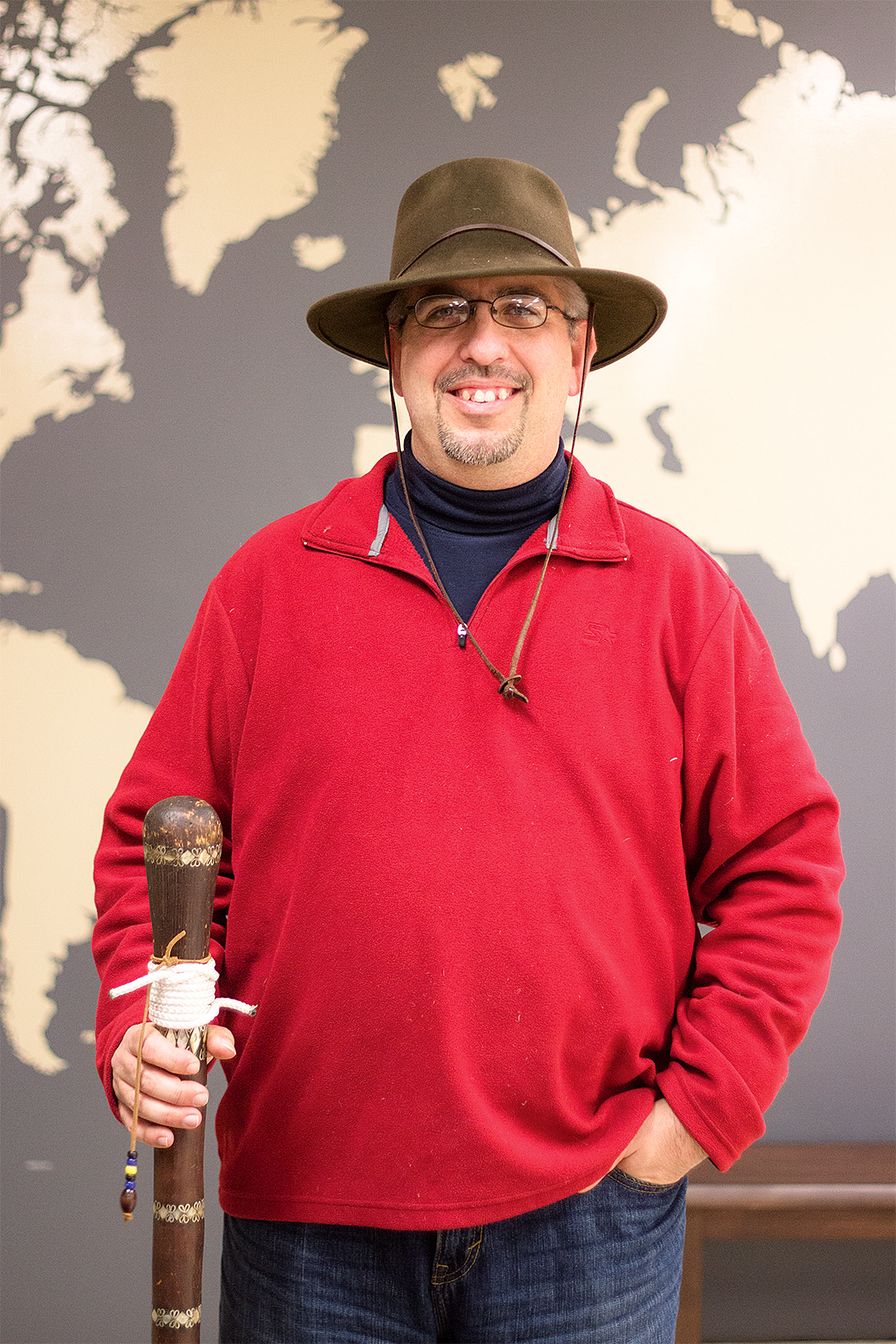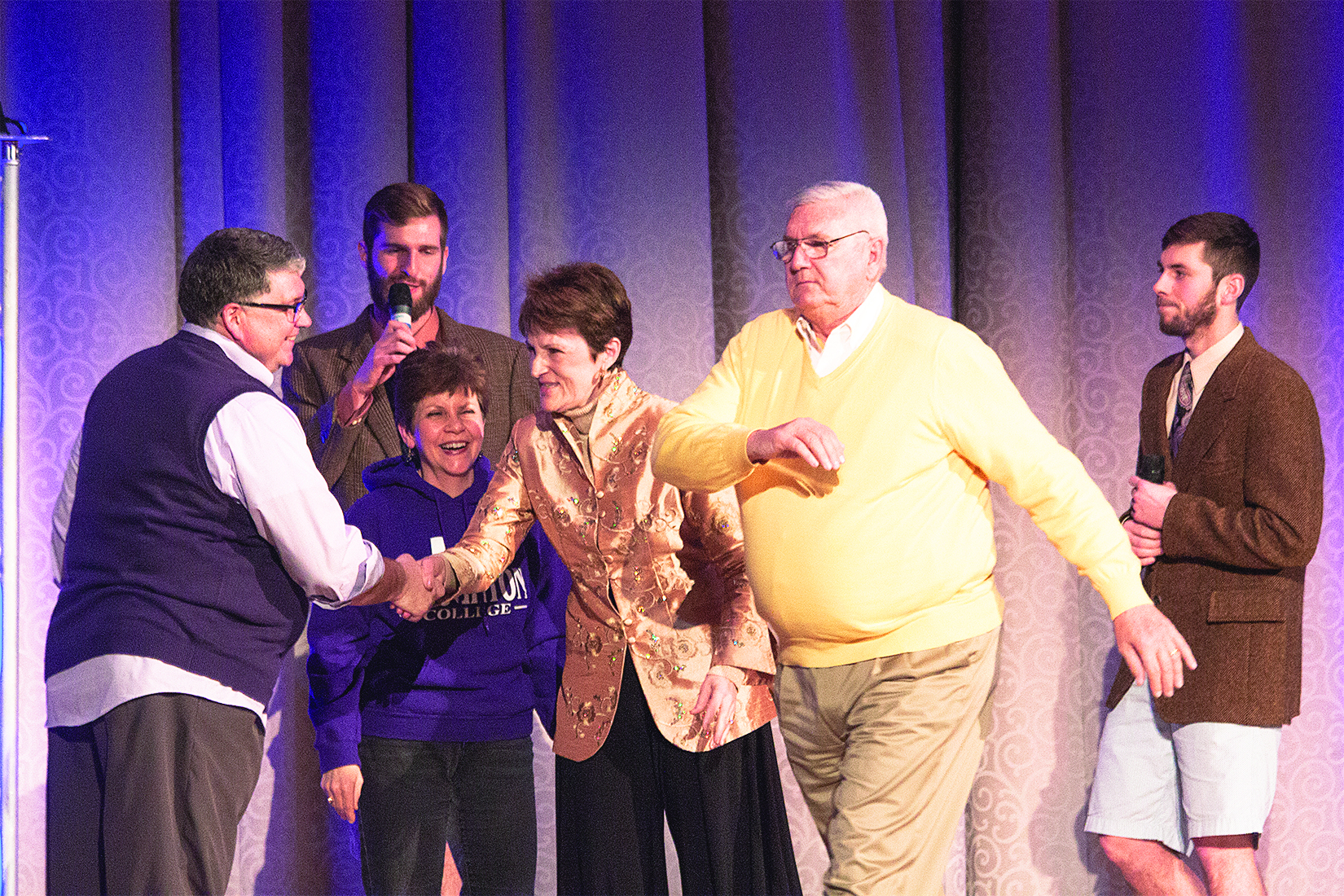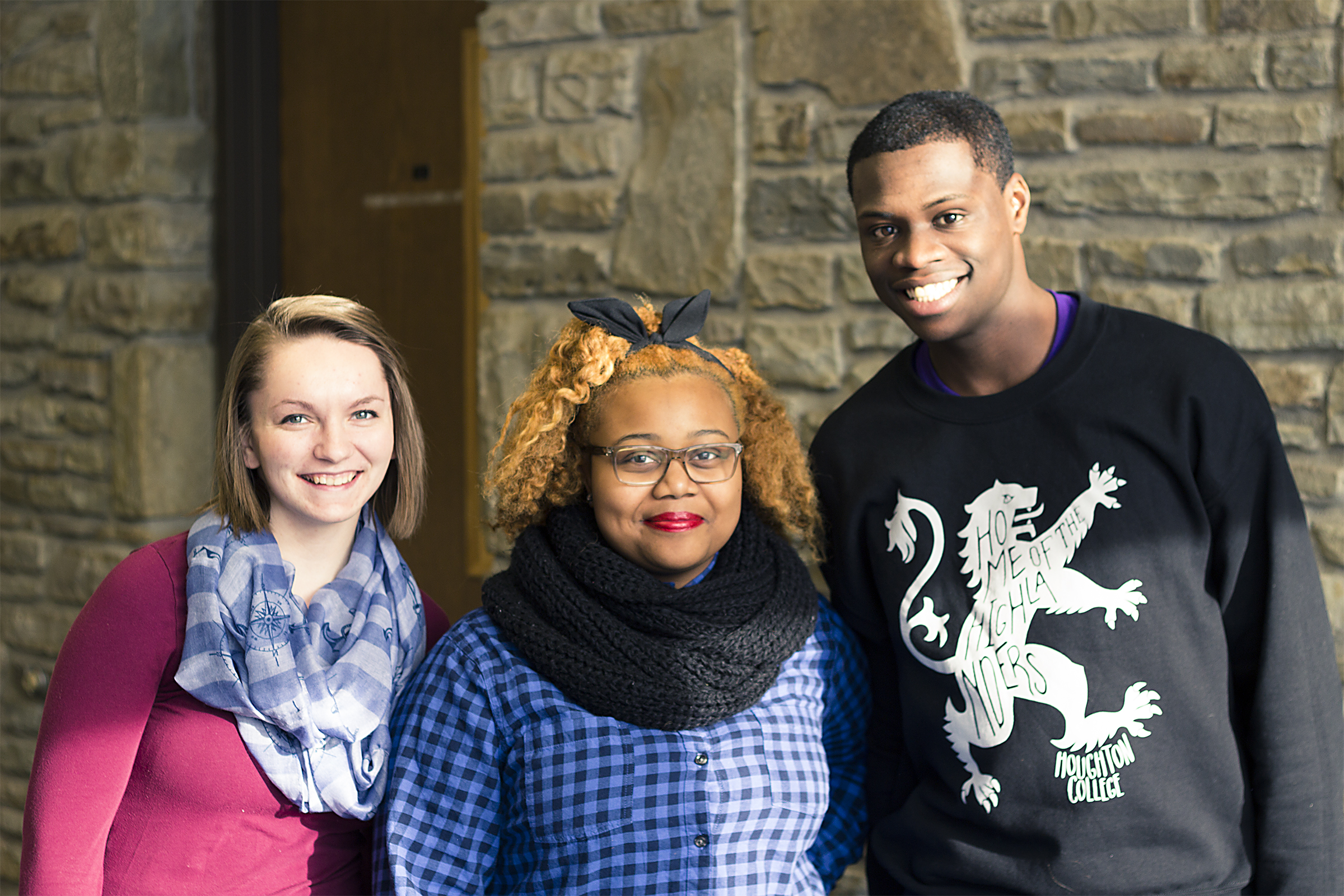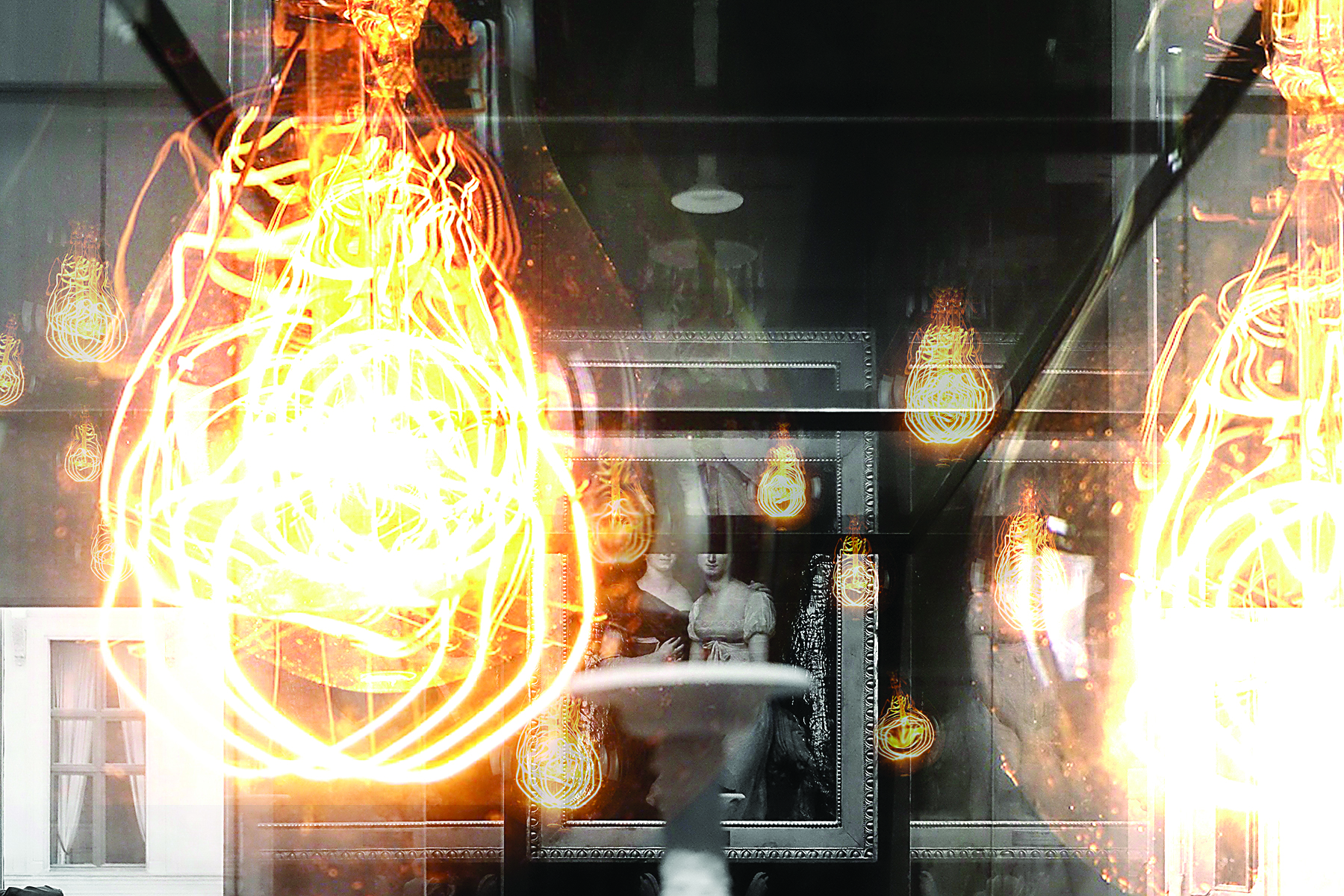Category: Stories In Focus
March 06, 2015
Stories In Focus
Glamour and Humility Reign at the Oscars
Acceptance speeches highlight political issues amidst the sparkle of Hollywood. Every year as the cold of winter settles into my…

February 19, 2015
Stories In Focus, Reviews, Stories In Focus
Return to the Radio: Alternative Buffalo 107.7 Review
“Your reason to return to radio has arrived” is a phrase commonly quipped on Buffalo’s radio station Alternative Buffalo FM…
February 19, 2015
Stories In Focus
Ready Before It Happens: Emergency Preparedness at Houghton College
Ray Parlett, as the director of campus safety and security, has to deal with emergencies before they happen. Parlett defined…
February 19, 2015
Stories In Focus
Musician of the Week: Malcolm J. Bell
Malcolm J. Bell, a senior music composition major, has always had a love and passion for music. A native from…
February 12, 2015
Stories In Focus
Two Longtime Houghton Faculty to Retire: Roederer
Senior Faculty Member J.L. Roederer to retire, after 44 years as a French professor at Houghton College. It is hard…

February 12, 2015
Stories In Focus
Houghton Take-Two: Returning as a Student Twenty-Two Years Later
Christopher Cilento is, in his own words, “not your typical eighteen to twenty-two year old student.” He is a non-traditional…

February 12, 2015
Stories In Focus
Purple and Gold Week Spot
Charismatic Hosts and Original Acts Win Over the Crowd There is a definite formula to SPOT. Like a long-running TV…

February 05, 2015
Stories In Focus
Celebrating Black History Month
Black Heritage Club is not just for black people. Black Heritage Club is a place for people of all races…
February 05, 2015
Stories In Focus
Talking is Hard
Walk the Moon Releases New Album On December 2, 2014, Walk the Moon released their album, Talking is Hard to…

February 05, 2015
Stories In Focus
Faculty Art Show Opens
Every year the members of the Art Department get a chance to display their personal work in the Faculty Art…
